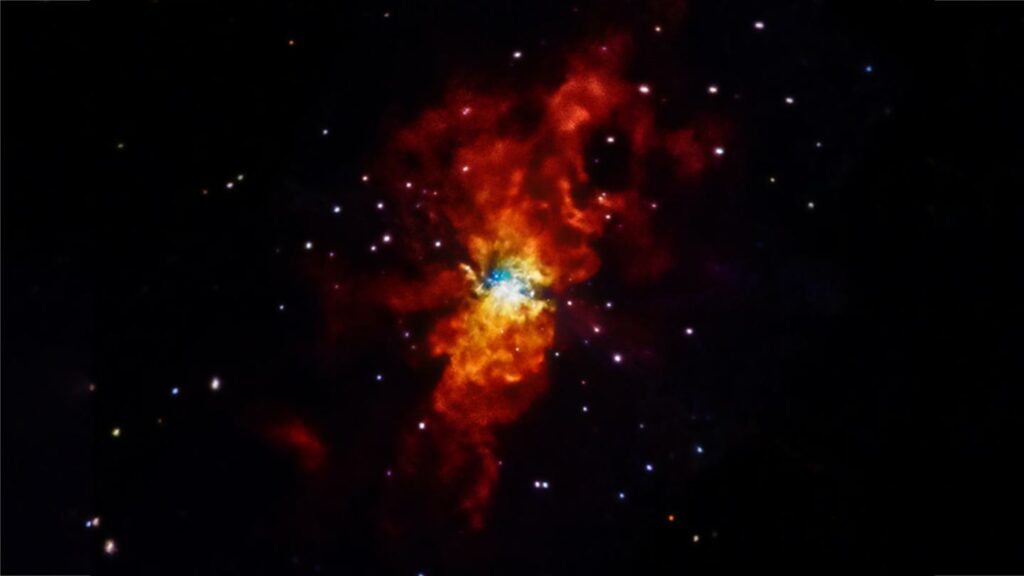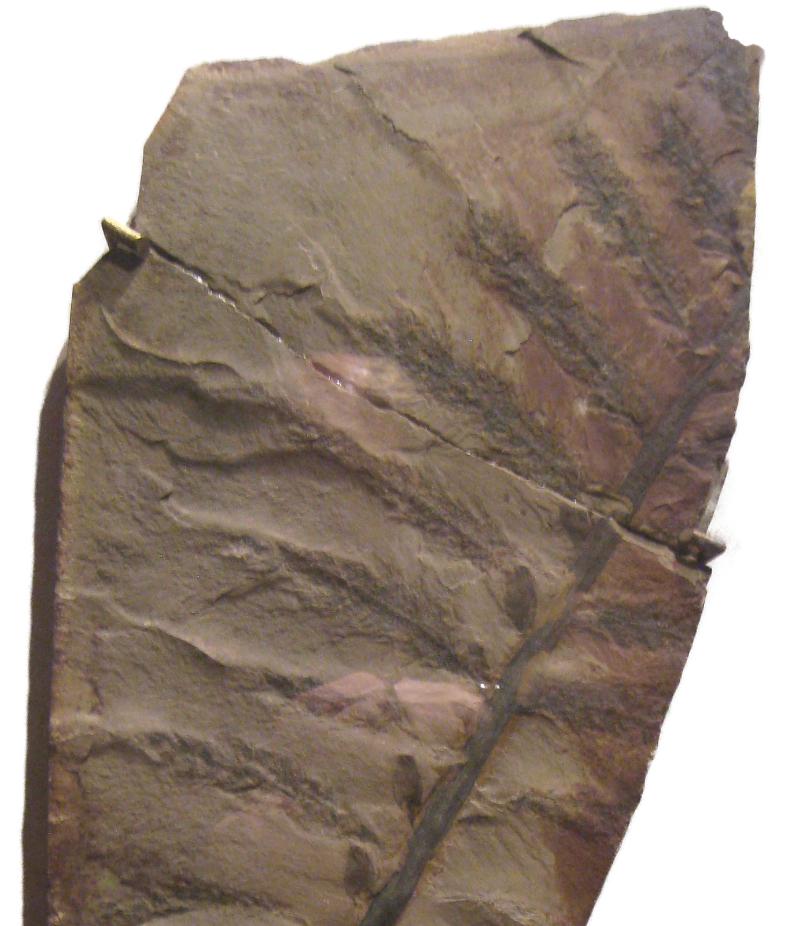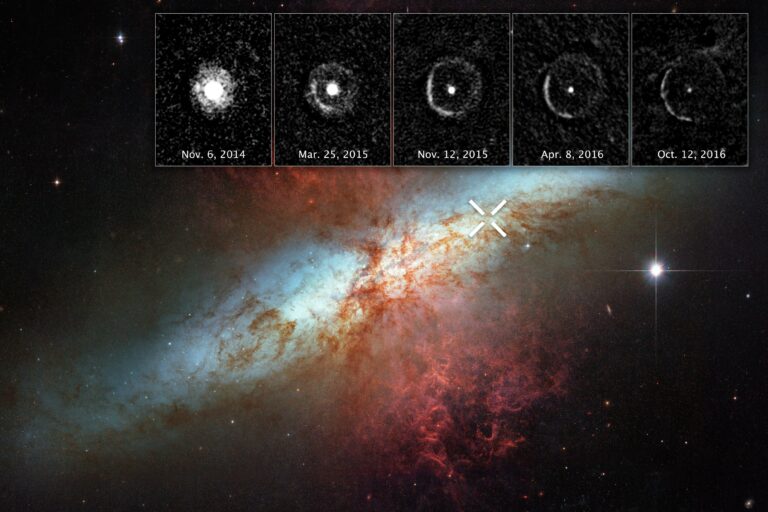A Massive Extinction Event 359 Million Years Ago Possibly Triggered by a Supernova Explosion
A perplexing event occurred 359 million years ago, resulting in a significant decline in marine organisms. The cause behind the Late Devonian extinction remains a mystery to this day. However, a recent study suggests that one or possibly multiple supernovae in close proximity might have been responsible. To validate the supernova hypothesis, scientists aim to discover the elusive “green bananas of the isotope world” within the geological archives.

Supernova 2014J
Approximately 359 million years ago, during the final phase of the Devonian period, a significant extinction event or a series of events occurred. It is estimated that around 70 to 80 percent of the organisms inhabiting the Earth’s coral reefs during the “age of fish” were eradicated.
Various theories have been put forth to explain this event, ranging from volcanic activity and rampant predatory plants to an asteroid impact similar to the one believed to have caused the extinction of the planet’s large dinosaurs. However, no definitive cause has been confirmed.
In August, a study published in the Proceedings of the National Academy of Sciences by the University of Illinois Urbana-Champaign proposed a different and more distant trigger. According to this study, a supernova located 65 light-years away in space was responsible for the destruction of the Earth’s ozone layer.
The researchers say that a supernova would be capable of damaging the ozone layer for as long as 100,000 years.
Astrophysicist Brian Fields, the lead study author, emphasizes that just as we have come to understand how events in one location can impact another, it is crucial to recognize that life on Earth is not independent. His study conveys the significant notion that we are part of a greater universe, and this universe can subtly or even forcefully influence our existence.
Thousands of generations of sunburnt plants

Fields and his colleagues reached their conclusion while investigating the presence of sunburnt plant spores, spanning thousands of generations, at the geological boundary between the Devonian and Carboniferous periods. These spores, in the researchers’ view, indicate a prolonged period of ozone depletion in the Earth’s atmosphere. Although terrestrial plants and insects were not as severely affected as marine organisms during the extinction event, they still experienced the consequences of whatever occurred.
Fields asserts that there is limited evidence pointing to a local cause such as volcanic activity. Additionally, his team has ruled out dramatic events like meteorites, solar storms, or gamma-ray bursts. According to Jesse Miller, a co-author and graduate student, these events are short-lived and unlikely to result in the long-lasting ozone depletion observed at the end of the Devonian period.
Instead, Fields proposes that one or more supernova explosions, occurring approximately 65 light-years away from Earth, could be responsible for the extended ozone loss. Such a phenomenon would be both awe-inspiring and deadly. The researchers explain that a supernova could potentially harm the ozone layer for up to 100,000 years. This would involve a two-fold impact, starting with a barrage of destructive ultraviolet rays, X-rays, and gamma rays, followed by a sustained increase in cosmic rays bombarding the Earth due to the collision of blast debris with surrounding gases, leading to enhanced particle acceleration.
Considering the apparent decline in biodiversity over a span of 300,000 years prior to the mass extinction, the team suggests that the Earth might have been affected by a series of supernova explosions rather than just one.
Miller states, “This is entirely plausible. Massive stars typically exist in clusters with other massive stars, and subsequent supernovae are likely to occur soon after the initial explosion.”
A “smoking gun” for the supernova hypothesis
To confirm the theory proposed by Fields’ team, it is necessary to discover a specific combination of radioactive isotopes, namely plutonium-244 and samarium-146, within the geological records of the relevant time period.
Zhenghai Liu, an undergraduate co-author, clarifies that these isotopes do not occur naturally on Earth at present, and their presence can only be attributed to cosmic explosions. Fields likens the search for these isotopes to finding green bananas, explaining that when green bananas are found in Illinois, it is evident that they are fresh and did not grow there. Similarly, Pu-244 and Sm-146 decay over time, so if they are found on Earth today, it indicates their freshness and non-local origin, making them the “green bananas” of the isotope world and compelling evidence of a nearby supernova.
However, the quest for these isotopes has not yet commenced.
In the meantime, there is little cause for concern regarding future supernovae causing harm to Earth’s coral reefs, despite what science fiction may suggest. Adrienne Ertel, another co-author and graduate student, puts things into perspective by stating that one of the closest supernova threats today comes from the star Betelgeuse, which is situated more than 600 light-years away.
This article is republished from BigThink under a Creative Commons license. Read the original article.
Do not forget to share your opinion with us to provide you with the best posts !





0 Comments